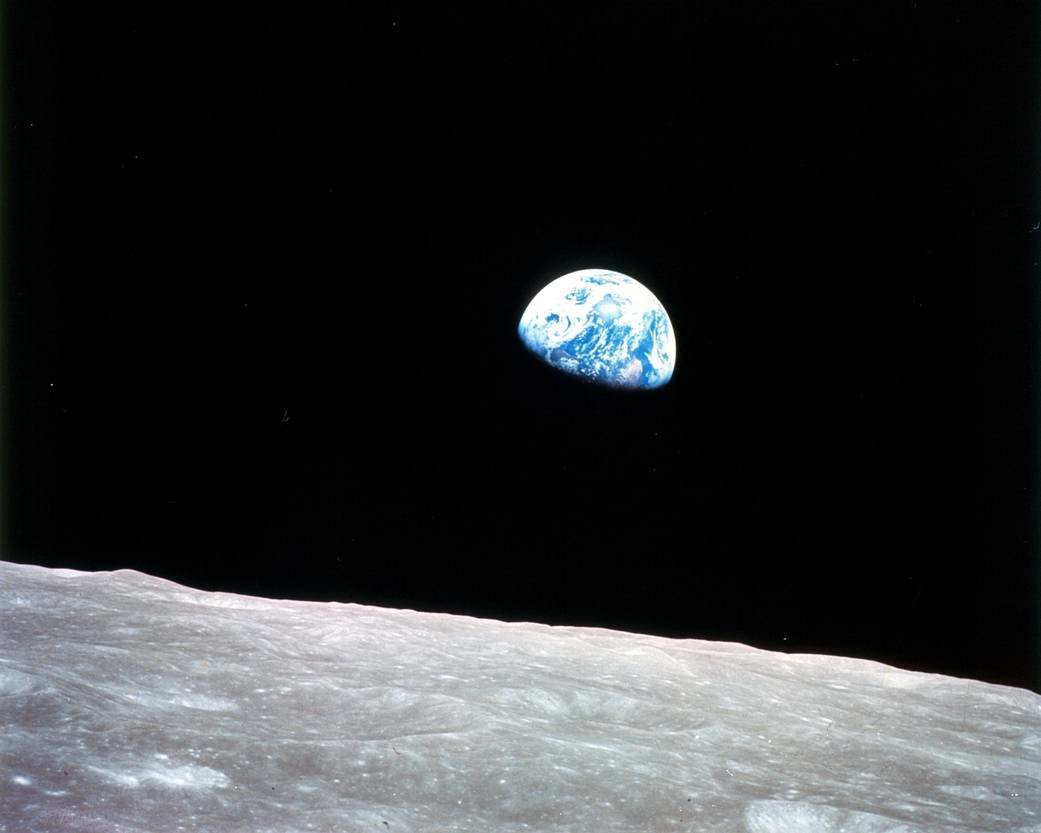The Overview Effect: Past, Present, Future 12 hours
The course will focus on the theory of the Overview Effect, as conceived and developed by Frank White, who will be the Instructor. The Structure of the Course is one two-hour meeting once a week for six weeks.
$2000 USD

The Overview Effect: Past, Present, Future
Structure of the Course: One two-hour meeting, once a week for six weeks.
Content of the Course: The course will focus on the theory of the Overview Effect, as conceived and developed by Frank White, who will be the instructor.
Reading/Viewing for the Course: The primary reading for the course will be the following books: (1) Gerard K. O’Neill’s The High Frontier: Human Colonies in Space, (2) Humanizing Space: The Life of Gerard K. O’Neill, by Dylan Taylor, with John DiSimone, (3) The Overview Effect: Space Exploration and Human Evolution, by Frank White. The primary viewing will be NASA’s “The Astronaut’s Perspective,” part of the “Down to Earth” series. Additional readings and viewings will be added as needed.
12 hours
Session One: Before the Overview Effect
The first person to experience the Overview Effect directly was Yuri Gagarin, who orbited the Earth once in 1961. Frank White’s first public use of the term was in 1985, at a Space Studies Institute conference. His book, The Overview Effect: Space Exploration and Human Evolution, was published in 1987. So, astronauts and cosmonauts were having this experience for 26 years before it had a name.
2 hours
Session Two: The Early Overview Effect
From 1961 to 1968, astronauts and cosmonauts experienced the Overview Effect in Low Earth Orbit or on suborbital hops. During this time, they typically remarked on the beauty of our planet, and began to note the lack of borders and boundaries on its surface.
2 hours
Session Three: The Apollo Missions
The first mission to take humans to the vicinity of the Moon was Apollo 8, which flew in late December of 1968. This was a major event in the history of the Overview Effect. For the first time, we saw the planet as a whole, through the eyes of other human beings, and the iconic “Earthrise” photo was taken. Although the missions to the Moon only lasted four years, they had incredible impact on our consciousness, and gave a huge boost to the environmental movement.
2 hours
Session Four: Space Stations
Early in the first Space Age, the United States and the Soviet Union began to develop space stations as destinations for their launches. After losing the race to the Moon, the USSR in particular, focused on long-term stays in Low Earth Orbit. In 1971, they launched the first space station, Salyut 1, which was followed by the American Skylab and Mir, another Soviet effort. All of these have, of course, been overshadowed by the remarkable International Space Station (ISS), which has become an outstanding example of international cooperation and experiencing the Overview Effect.
2 hours
Session Five: Commercial Spaceflights and Virtual Reality
It was clear from the beginning of my research that the Overview Effect is a positive experience and that it would be good for the world for more people to have it. It was also clear that this would be accomplished through commercial spaceflights and simulations of the experience, such as virtual reality. Today, both of these are options, and we will discuss them in this session.
2 hours
Session Six: Looking Ahead
Where do we go from here? Will the Overview Effect provide a unifying symbol for the citizens of planet Earth, only to be ignored when humanity begins Large-Scale Space Migration into the solar ecosystem? Will humans on Mars experience the Overview Effect, or something else? We will discuss these and other topics as we complete the course.
. 2 hours
Frank White
FAQs
Who can enroll?
When do courses start?
Will the sessions be recorded?
How do I take a course?
What are the requirements to become a student?
The platform is available on desktops and mobile devices. Please have your mic and camera ready to participate. Develop new skills and gain new experiences as you learn alongside others building humanity’s future in space.



